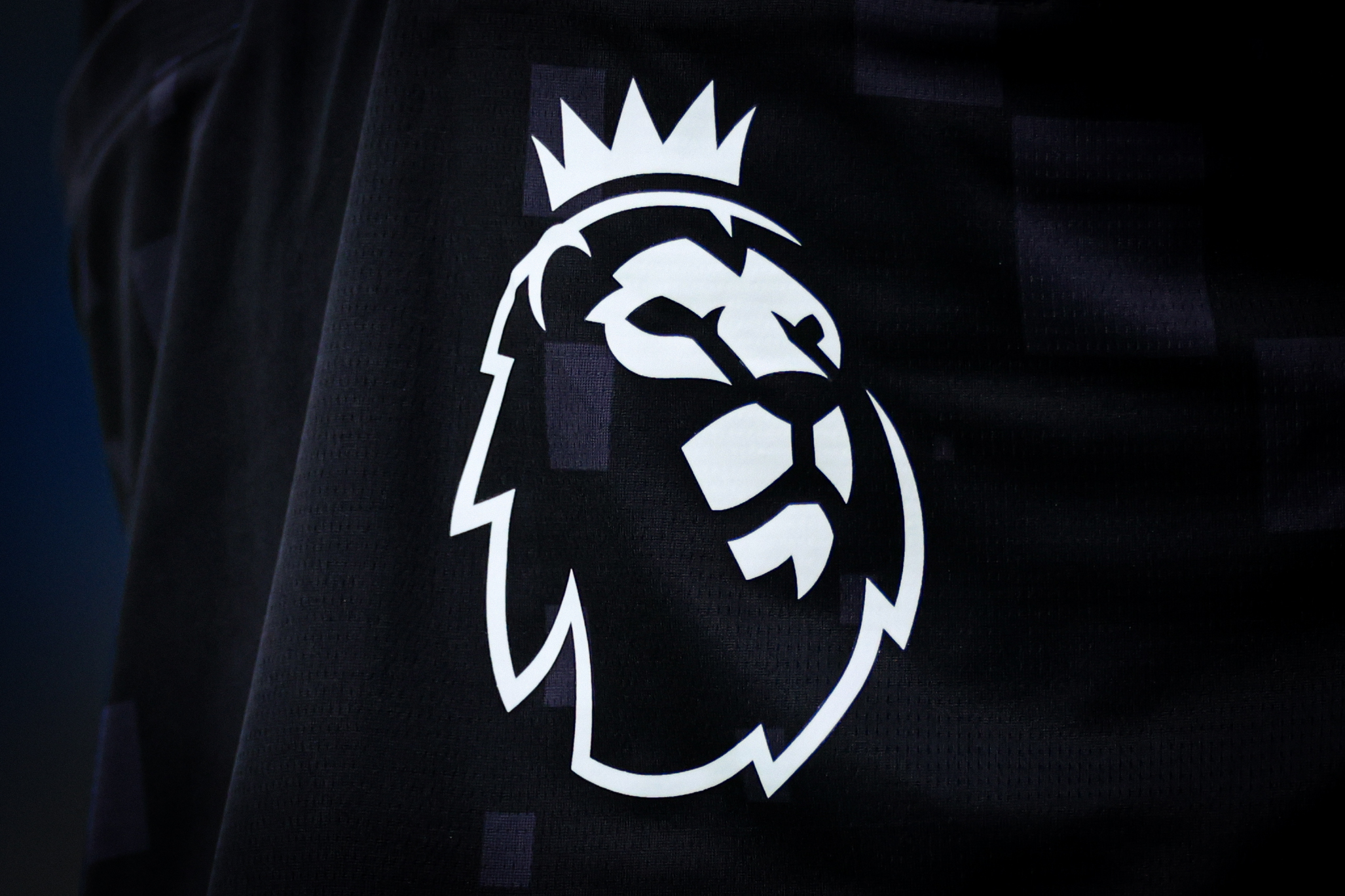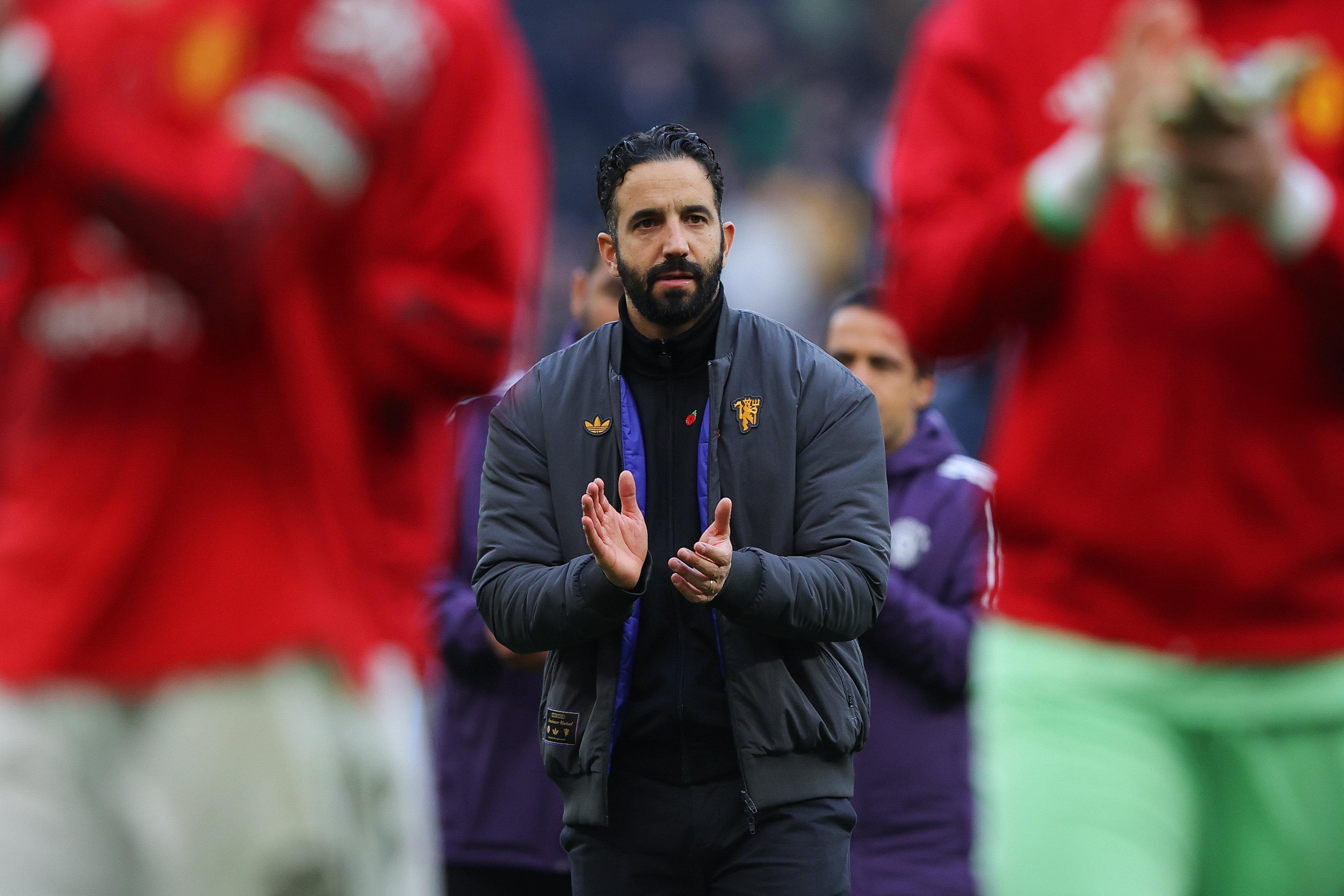New Premier League financial rules explained as PSR replaced by new Squad Cost Ratio
The Premier League's controversial Profit & Sustainability Rules will cease at the end of this season, to be replaced by a new set of financial regulations

The Premier League's Profit & Sustainability Rules (PSR) have been voted out of effect from next season onwards.
The required 14 out of 20 clubs voted for new Squad Cost Ratio (SCR) and Sustainablity and System Resilience (SSR) rules to replace PSR from the 2026/27 season.
Here's everything you need to know about how the new system works and the potential penalties facing clubs who don't comply.
How does SCR differ from PSR?

PSR limited the total losses any one club could make over a three-year period to £105m.
By contrast, SCR only covers a single year of club activity, from summer to summer. The only exception is player sales, which will continue to be considered based on amortisation. (That's a bit complicated, but basically allows the club to record transfer fees in instalments over a number of years.)
SCR is not based on club losses, either, but on how much each club's 'squad cost' - that includes player and head coach/manager wages, agents' fees, and transfer fees per the above.
A club's squad cost may not exceed 85% of the club's revenue (income) in any given season. That number is reduced to 70% for clubs in the Champions League, because that is the number UEFA has set for that competition; however, the extra income generated by participating in the Champions League more than makes up for the difference.
The best features, fun and footballing quizzes, straight to your inbox every week.
What happens if clubs exceed their squad cost limits?
Interestingly, there is a bit of wiggle-room built into the system, which is (at least in part) designed to avoid punishing clubs for unforeseen variances to their revenues.
That's because the 85%/70% number is based on revenues predicted at the start of each season, and is considered the club's 'Green Threshold'. If they stay within that number, fantastic.
But there is also an extra 30% available to clubs as the 'Red Threshold'. That means that as long as clubs' squad costs stay within 115% of the revenues (or 100% for Champions League clubs), they won't face any sporting sanction such as points deductions - though they may still be subject to a fine from 2027/28 onwards, based on the percentage by which they have exceeded their Green Threshold.
Instead, any amount of overspend between the Green Threshold and the Red Threshold will be deducted from the club's Red Threshold for the following season.
For example: if a non-Champions League club spends 105% of their revenue on players in season 1, they have gone over the Green Threshold by 20%. Their Red Threshold for the season 2 would therefore be reduced by 20%, down to 95%.
For every subsequent season a club stays within the Green Threshold, their Red Threshold is increased by 10%, up to the 30% maximum. So if the same club then stuck within the 85% green threshold in season 2, then in season 3 their Red Threshold would be raised by 10%, up to 105%.
What happens if a club exceeds their SCR Red Threshold?

Well, that's much more serious.
Clubs who go over their Red Threshold will be hit with an automatic points deduction of six points, plus an additional point for every £6.5m over the Red Threshold.
So, purely for the sake of argument if a club with a 115% Red Threshold has revenues of £100m and spends £128m on squad costs, they will have spent 128% of their revenues.
That percentage is over the Red Threshold, so they would get a six point deduction, PLUS the amount by which they have overspent their Red Threshold is £13m. That's 2x £6.5m, so they would get an additional two points deducted, for a total of an eight-point deduction.
When would an SCR points deduction be applied?
The Premier League are keen to cut down the time taken to pursue cases and leave things dragging on into future seasons, as happened with PSR.
As a result, clubs will submit to an SCR Compliance Test every March 1 - three months before the season's financial year is over - based on their predicted figures from the start of the season.
If a club is within their Green Threshold, they will be deemed compliant. If they are over the Green Threshold but below the Red Threshold, they will face further financial tests in June, once the season is over.
If a club has exceeded the Red Threshold, they will face an immediate sporting sanction, with any points deductions applied to that season.
Clubs can appeal any such decision within seven days as long as they first write to the Premier League informally to try to resolve the issue. If the issue isn't resolved within a week, it would go to arbitration. It seems likely the Premier League would push for that to happen as soon as possible so any penalty could still be applied to that season.
What happens if a club's predicted revenue is higher than their actual revenues?
It would not affect their SCR Compliance Test in March, but they may be subject to a fine once the actual numbers are calculated at the end of the season.
So what's the deal with SSR?
Honestly, they're pretty boring and accountant-y compared with SCR.
Essentially, though, SSR (Sustainability and Systematic Resilience) comprises three tests that look at:
- Working capital - short-term cash resources and ability to spend money in the immediate future
- Liquidity - medium-term ability to make more cash and to withstand things like relegation or losing major sponsors
- Positive equity - long-term financial health - basically 'do you have a stupid amount of debt?'
These measures are more about making sure a club has a decent business plan and that they are unlikely to run into major problems in the short, medium or long term.
If a club breaches SSR, the Premier League will ask the club to take measures to improve their financial position. If they don't, the Premier League may get more hands-on about applying spending limits or asking the club to get permission from the league to register new players.
When do SSR and SCR take effect?
The new regulations will come in from next season - 2026/27.
That means that clubs must still make sure they adhere to PSR through to the end of the 2025/26 season - so there's going to be no change of approach for Premier League clubs in the January transfer window.
Steven Chicken has been working as a football writer since 2009, taking in stints with Football365 and the Huddersfield Examiner. Steven still covers Huddersfield Town home and away for his own publication, WeAreTerriers.com. Steven is a two-time nominee for Regional Journalist of the Year at the prestigious British Sports Journalism Awards, making the shortlist in 2020 and 2023.
You must confirm your public display name before commenting
Please logout and then login again, you will then be prompted to enter your display name.

